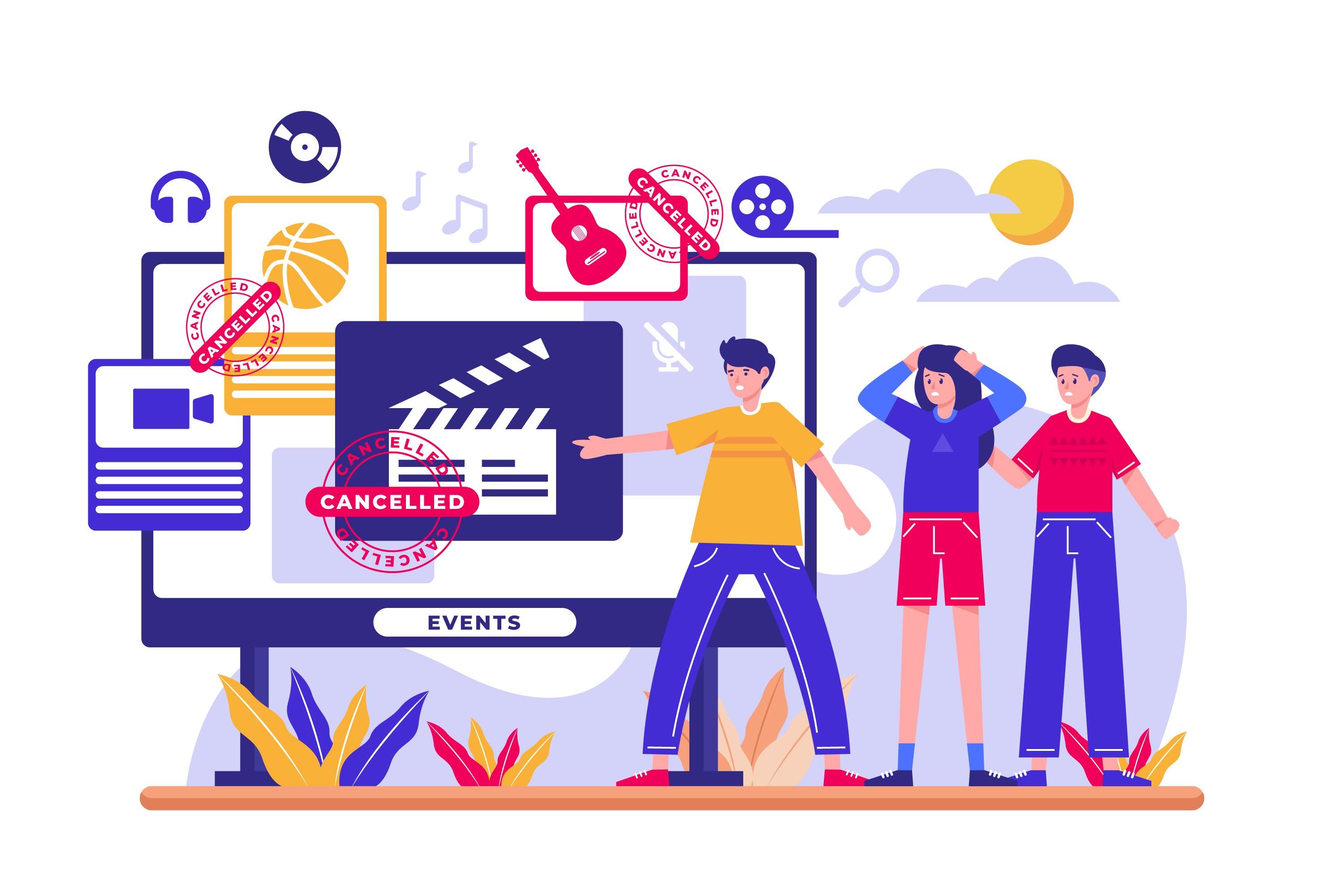The Four Lenses of Communication

–
Do you like a good story, or would you rather talk numbers? Do you enjoy grappling with abstract thoughts and ideas or do you prefer to hear about their concrete and practical application?
The scientific research may have long since busted the myth of left-brain vs right-brain thinking, but when it comes to communicating a message or idea, we all still typically lean toward to one of these as our communication style preference. The problem is that our preference won’t always resonate with everyone in the room.
If you prefer to focus on detailed analysis, you may disengage the people in the room who want to hear context. If you love telling stories, you may end up losing people who are interested only in the facts. If you spend all your time sharing your abstract ideas, you will frustrate people crying out for practical learning.
We also communicate a message from our own perspective. That perspective is generally framed by our knowledge and expertise, and this raises another key challenge.
In their book Made to Stick, Chip and Dan Heath describe the Stanford University ‘Tappers and Listeners’ experiment of the early 1990s. Researcher Elizabeth Newton divided her test subjects into two groups. The tappers were given a list of 120 popular songs and tasked with tapping the melody to each song on the desk, while the listeners had to guess the song.
But the key to the experiment was in asking the tappers to predict what percentage of listeners they believed would guess the song correctly. The tappers predicted they would guess the song 50 per cent of the time. Of course, they would, when the songs were so easy to guess. As it turned out, just 2.5 per cent of listeners guessed the song correctly.
I’ve personally tried this activity a few times when speaking at conferences, tapping out the simplest, most familiar tunes, such as the national anthem or happy birthday — with similarly disappointing results. Why couldn’t the listeners guess the song? The Heath brothers attribute this to a cognitive bias called the curse of knowledge. When a tapper taps out a melody, they sing along to it in their head, but all the listener can hear is a series of disconnected taps.
The insight here is that with the curse of knowledge it becomes impossible either to unlearn what we know or to know what it is like not to know it. The longer we are immersed in an area of knowledge, the more difficult it becomes to understand the perspective of those who don’t share it.
I see this regularly when leaders try to communicate a message. They approach the topic through the lens of their own preferences and perspective. A leader who is deeply immersed in the strategic plan assumes that everyone understands the strategic goals. Technical experts who spend all their time immersed in a product can’t understand why some people’s eyes glaze over in the face of obscure technical jargon. The solution?
I have trained leaders to think about each idea they share through four different lenses. Thinking intentionally through different lenses helps leaders to appreciate different preferences and perspectives.

READ: Better Communication – How To Ensure Your Team Gets It
1) Text
The first lens focuses directly on the subject matter or key piece of information. It provides part of the context for the idea you want to share. Concrete and often analytical, it may comprise compelling data, research findings, a case study, a historical account, or a process or model. In every room you walk into there will be people who are (perhaps unconsciously) waiting for material, measurable evidence to support what you say. This is about finding that evidence, demonstrating to these people that you have done the work and understand your subject.
2) Translation
How can you share your key information in a new way to make it comprehensible to people who think differently? What picture might help people to visualise your message? What story does the data tell? Do you have a personal story with which to illustrate the research findings? If you are talking about a historical event, what might that look like today? How would you explain this information to a child or a person with no technical expertise?
3) Thoughts
Why are you sharing this information? This lens focuses on unpacking your personal thoughts and reflections on the subject matter. People don’t just want to know what others have said; they want to know what you think. There’s a reason you have been given the opportunity to present your message or idea, and this is your opportunity to share it. What should people think or feel about this information?
4) Takeaway
Now you have shared your thoughts, what do you want people to do with the information? Once your message is distilled to its essentials, what can people take away and use? Everything you share should build towards practical application. What would you like people to do when they walk away with the information you have given them?
Taking time to think about your message through these four lenses will force you outside your own preferences and perspective. While that may be uncomfortable for you, it will be unforgettable for your audience.
–
Shane Michael Hatton is a leadership and communication expert committed to helping leaders build and leverage their platform to lead, inspire and mobilise their people. Shane is the author of Lead the Room – Communicate a Message That Counts in Moments That Matter.
Business
This article is published by the editors of Leaderonomics.com with the consent of the guest author.





